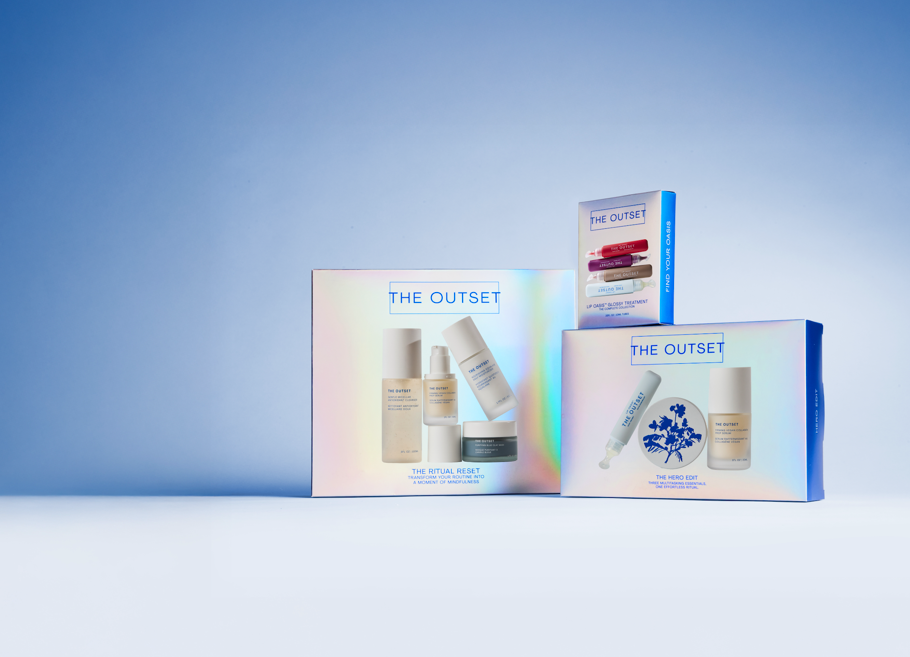When you think about running a retail store, what comes to mind? Consider the products you will sell or the customers you want to attract. Succeeding in retail takes planning, creativity, and the ability to adjust to new trends. It’s about connecting with customers and giving them a memorable experience. This can be a fun challenge with many opportunities for those who are willing to be innovative and keep moving forward.
Today, retail is not only about having the best products. It is about creating a welcoming atmosphere and building customer loyalty. From how your store looks to your marketing efforts, every choice matters in attracting customers and keeping them coming back.
Here’s how to run a successful retail store.
Store Ambiance
Creating a pleasant store atmosphere is key to attracting customers. When people enter your store, they should feel welcome and engaged. Start with the layout. An organized space helps customers navigate easily and encourages them to look around. Good lighting can set the mood. Brighter areas feel inviting, while softer lighting can provide a relaxing shopping experience.
The choice of music also matters. The right playlist can improve the shopping experience and match your brand. Think about your target audience and what they enjoy. Upbeat music energizes shoppers in a trendy clothing store, while calming tunes work better in a high-end spa product shop.
Cleanliness is important too. A tidy store shows professionalism and tells customers you care about their experience. Regularly check that displays are neat and products are stocked. This makes a big difference.
Retail Digital Signage
Using digital signage can greatly enhance your store’s appeal. These displays can show promotions, new arrivals, or fun content that captures attention. Unlike regular signs, digital signs are flexible, allowing quick updates and creative designs.
Imagine running a flash sale for just a few hours. Retail digital signage lets you share such deals instantly, creating urgency that can bring more customers in. Eye-catching visuals can draw customers to special offers and highlight key products, making information easy to access.
Digital signage can also personalize shopping experiences. For example, showing customer reviews or social media posts can build a sense of community and encourage loyalty. Customers feel valued when they see themselves represented in your marketing, strengthening their connection to your store. It’s about creating an engaging experience that fits well in today’s digital world.
Staff Training
Your team is crucial to your store’s success. Hiring the right people is just the start; investing in training turns employees into brand advocates. Training should cover product knowledge, customer service, and sales techniques. When staff know the products well, they can help customers make informed choices.
Create a friendly atmosphere so customers feel comfortable asking questions. Role-playing during training can help staff prepare for different customer interactions, allowing them to handle inquiries better.
Ongoing training is also important. Keep your team up to date on new products, sales techniques, or industry trends. Motivate staff with achievable goals and recognize their successes to promote a positive work environment. Happy employees lead to happy customers.
Effective Inventory Management
Managing inventory well is key to running a successful retail business. Stock levels can affect sales. Too much inventory can tie up money, while not having enough popular items can drive customers away. Use inventory management tools, like software or simple spreadsheets, to help keep track of your stock.
Conduct regular inventory checks to keep accurate records and notice selling trends. Pay attention to seasonal changes, special promotions, or local events that might affect demand. Understanding what your customers buy helps you adjust stock levels and keep shelves looking fresh.
Think about offering different product options. Providing a variety of products at various price points can attract more customers. People like having choices and showing related items can encourage them to buy more. For example, if you sell coffee makers, consider adding gourmet coffee or associated accessories.
Customer Engagement
Connecting with customers goes beyond just making a sale. Build relationships with personalized communication and feedback to encourage loyalty. Think about setting up loyalty programs that reward repeat customers with special offers or discounts.
Social media is a powerful tool for connecting with customers. Share promotions or behind-the-scenes content to make them feel connected to your brand. Encourage customers to share their experiences both in-store and online to build a community and create free advertising for your store.
Offering experiences in your store can also increase traffic. Host events, workshops, or product demos to allow customers to engage with your products. You can also use the best digital signage software to manage engaging displays. This showcases your offerings and makes shopping a fun experience.






